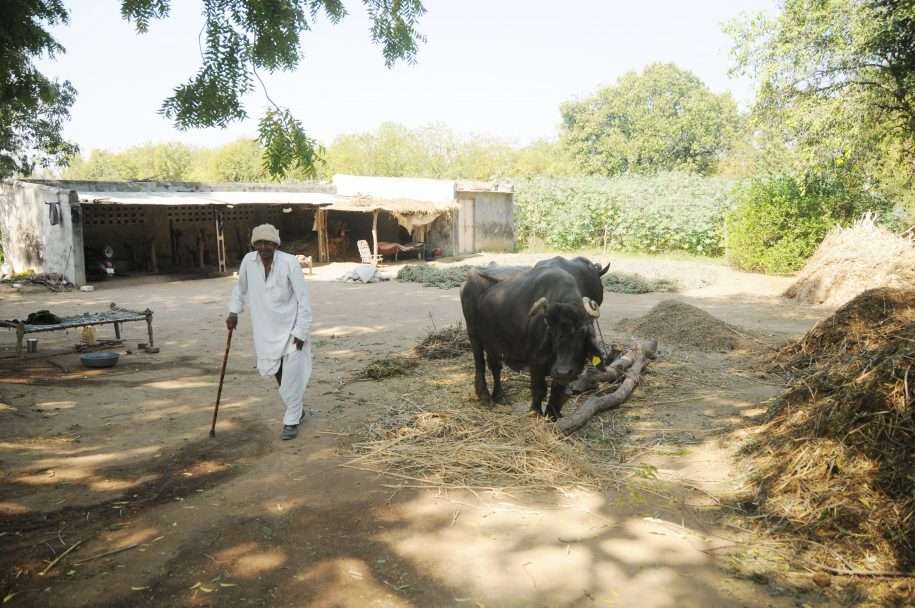While reading up on Agricultural Credit, came across this interesting paper on farm credit in Pakistan, our neighbour. What was interesting about this paper is that the provision of farm credit in rural Pakistan actually benefited the small farmers though large farmers were the largest recipients of the program. For the full paper, visit this page: http://elibrary.worldbank.org/content/workingpaper/10.1596/1813-9450-2653
The service provider in this case is Agricultural Development Bank of Pakistan or ADBP. The paper throws light on the role played by an institution like ADBP in providing credit in the rural side. Though substantial, once one looks deeper into the disbursement of loans and loan recovery rates, a lot is left to be desired about the cost-effectiveness of the scheme.
Like most developing economies, Pakistan’s rural credit market has the usual suspects in store: co-existence of formal, semi-formal and informal lenders. In a survey conducted back in 1985, only 10% of the rural borrowing households actually borrowed from formal sources. However, given the size of formal loans, formal credit did constitute about 32 percent of total volume of loans in that time period. When a similar survey was conducted in 1995, institutional credit was still not seen as the most souight after source (7%). Despite its limited role, past studies have clearly highlighted the importance of institutional credit in Pakistan (Zuberi 1989; Malik and others 1991). Zuberi (1989) finds that 70 percent of total institutional credit is used for the purchase of seed and fertilizer, and concludes that most of the increases in agricultural output can be explained by changes in the amount of seed and fertilizer expenditure.
The paper uses data from the Rural Financial Market Study (RFMS), conducted for the State Bank of Pakistan with financial assistance from the World Bank in 1996. Household survey and informal lenders’ survey data were collected by two organizations – the Applied Economic Research Center (AERC) of the University of Karachi and the Punjab Economic Research Institute (PERI) in Lahore. The Pakistan Institute of Development Economics (PIDE) in Islamabad collected the institutional data on Agricultural Development Bank of Pakistan (ADBP) and commercial banks working in the rural sector. Household survey data was collected for the all five provinces of Pakistan, namely North Western Frontier Province (NWFP), Sindh, Balochistan, Punjab and Pakistan controlled Kashmir (AJ&K).
It is interesting to note that there are way too many similarities between the Indian scene and the Pakistani one, especially for those who have an academic interest in both the countries. For instance, formal credit is found to be used for agricultural or occupational purposes whereas informal credit (friends and relatives) is used to smoothen consumption. The usual intangible factors that informal lenders take into account while lending to people in a rural setting is prevalent here as well. Hope some of you find this paper as interesting as I did …

